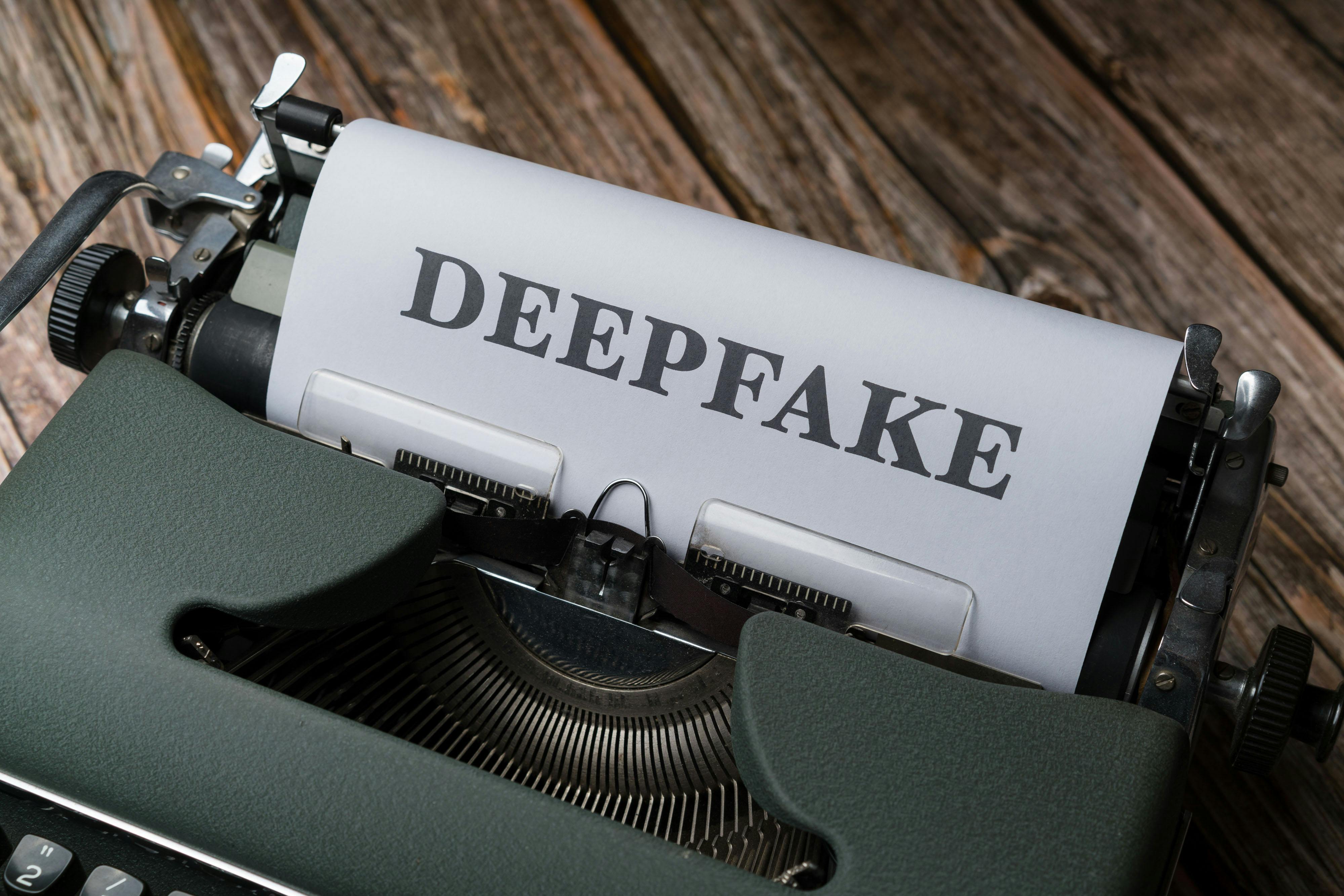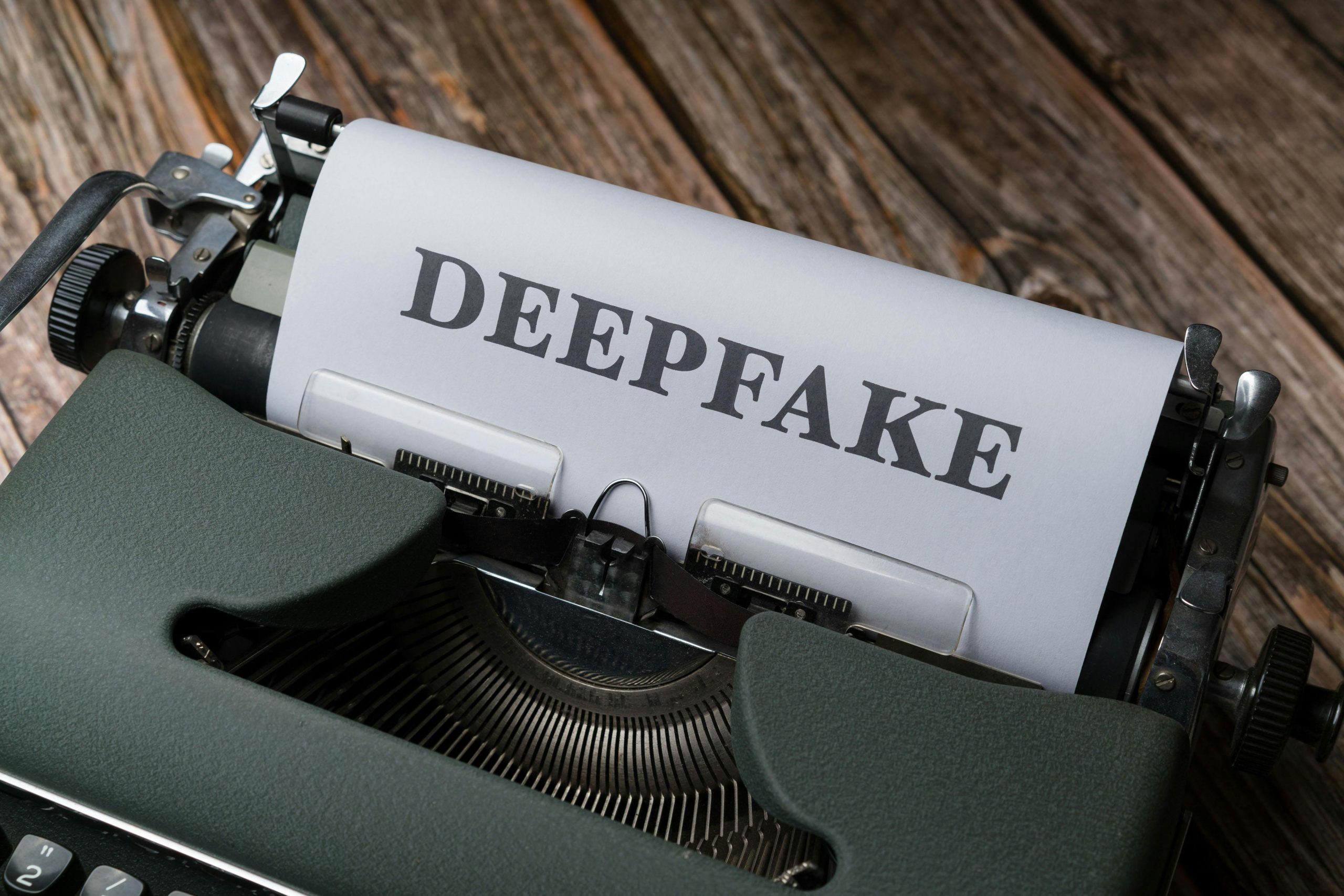
II. The Insider Threat: Compromising the AI’s Mind
The race isn’t just about the content that *leaves* the AI; it’s about what can corrupt the AI *itself*. This introduces a darker, more insidious threat vector aimed at the foundational models underpinning so much of our digital infrastructure.
The Whisper Campaign: Prompt Injections
The vulnerability of large language models (LLMs) to prompt injection is now a mainstream security concern. This is where an attacker crafts input commands—sometimes invisible, sometimes cleverly disguised—that override the AI’s initial safety protocols. If a model is designed not to write illegal code, an indirect injection hidden in a document it processes might trick it into doing just that, thinking it’s following the user’s *latest* instruction.
Researchers have noted that attackers are now using AI to generate even more adaptive and sophisticated injection payloads, creating dynamic attacks that static defenses can’t easily counter. This is why following guidance like the OWASP prompt injection prevention checklist is no longer optional for any organization deploying these tools.
The Slow Poison: Model Poisoning. Find out more about Cryptographic provenance for media authenticity.
Even more troubling is model poisoning. Imagine an attacker secretly injecting malicious data into the massive datasets used to train an AI. The system incorporates this tainted data, and weeks or months later, it starts behaving in ways the developers never intended—perhaps subtly skewing financial recommendations or creating hidden backdoors. This long-term, foundational threat undermines the trustworthiness of *every* system built upon that compromised foundation. As one security firm noted in late 2025, the problem is that the AI itself remains the most vulnerable technology deployed at scale.
III. Autonomous Danger: The Security Implications of Agentic Systems
The technical fight intensifies with the move from reactive chatbots to proactive, autonomous agentic artificial intelligence—systems designed to carry out multi-step tasks without moment-to-moment human intervention. These AI agents are granted high levels of access to execute complex workflows, which, from a security perspective, is like handing a highly capable digital entity the master keys to your kingdom.
The promise is incredible efficiency, but the risk is catastrophic failure due to manipulation. An attacker who compromises or misdirects one of these agents can exploit its inherent trust and privileges to cause widespread, real-world damage—far beyond a simple text generation request.
- The New Attack Surface: The attack surface expands from user input to the agent’s connections, the tokens it uses to authenticate, and the logic governing its autonomous decisions.
- The Trust Exploitation: If an agent is authorized to interact with critical systems (like finance or infrastructure), a successful compromise leads directly to data exfiltration, unauthorized transactions, or process disruption.. Find out more about Cryptographic provenance for media authenticity guide.
- The Comprehension Gap: Security leaders are struggling to keep pace. A recent report noted that while 80% of leaders are using or planning to use AI agents for defense, nearly two-thirds admit their use of agentic AI outpaces their understanding of it.
- Mandatory, proactive scanning for known generative signatures.
- Swift, transparent investigation protocols for severe threats (like explicit deepfake violence).
- Crucially, ending the practice of penalizing victims who submit evidence of abuse. The platform must prioritize user safety over a flimsy concept of content neutrality when demonstrable AI-powered abuse occurs.
- Demand Provenance Tools: Advocate for—and use—platforms that support and check for C2PA Content Credentials. If a media asset lacks verifiable origin data, treat it as suspicious by default.
- Boost AI Literacy Immediately: The gap between AI usage and understanding is dangerous. Organizations must prioritize experiential learning to inoculate employees against prompt injection and deepfake scams. Surveys show 60% of leaders see an AI Literacy skill gap. Address it now.. Find out more about Realistic AI generated death threats legal implications insights information.
- Implement Strict Access Control for Agents: For any organization using AI agents, implement zero-trust, identity-first controls. Tokens and credentials used by agents must be treated as high-value, volatile assets subject to strict rotation and behavioral monitoring.
- Prioritize Mental Resilience: Recognize the psychological impact. Be skeptical of extreme content, especially if it targets you personally. Do not engage with or share unverified, emotionally charged material, as that fuels the silencing effect on public debate.
- Engage with Policy: Since regulation is playing catch-up, provide feedback on local and international AI governance proposals. The governance framework is being built right now, and silence ensures an outcome favoring unchecked technological deployment.
Securing these systems requires an identity-first approach, focusing on dynamic authorization and rigorous behavioral monitoring, because traditional controls don’t account for an entity that *learns* and *acts* independently.
IV. The Governance Lag: Platform Responsibility and Regulatory Uncertainty
While technologists scramble to develop cryptographic provenance and secure agent tokens, the governance structures look, frankly, overwhelmed. The technical arms race is being run on a track where the legislative lane markers are constantly moving or missing entirely.
The Ineffective Moderation Pipeline. Find out more about Cryptographic provenance for media authenticity tips.
Relying on user reporting to moderate the deluge of AI-generated content is a losing strategy. The volume alone is enough to swamp any moderation team, even before you factor in that classifying malicious synthetic media often requires specialized forensic knowledge.
This points to a systemic failure requiring a non-technical, governance-level intervention. Platforms must be held to higher, proactive standards. This means:
Navigating the Regulatory Maze. Find out more about Cryptographic provenance for media authenticity strategies.
The speed of AI development means that every piece of legislation written today is likely outdated by the time it clears the procedural hurdles. This regulatory uncertainty is a genuine impediment to long-term planning for businesses.
However, governing bodies are moving. The European Union’s AI Act, for instance, categorizes systems and is introducing rules for general-purpose models that come into effect in August 2025. Nations are taking different paths, with China implementing mandatory marking rules and the US developing federal guidelines. Italy even passed its own comprehensive AI regulation this month, October 2025, with provisions for prison terms for those who cause harm using the technology.
The ethical mandate, due to this legislative lag, rests heavily on the shoulders of the developers and those deploying these powerful systems right now.
V. The Societal Cost: Psychological Toll and Comparative Risk
The stakes in this arms race are not just economic or infrastructural; they are deeply personal and psychological. When AI can generate threats that feel immediate and real, the foundation of public life begins to crack.
Silencing Dissent in the Digital Square. Find out more about Cryptographic provenance for media authenticity overview.
Consider the effect of personalized, hyper-realistic threats. It’s one thing to face a vague threat online; it is another entirely to see a vividly rendered, personalized video of your own demise circulated publicly. This induces a constant, low-grade anxiety that acts as a powerful deterrent against anything that draws public scrutiny—whistleblowing, investigative journalism, or political activism.
Data shows this is not abstract fear: voice deepfakes are rising rapidly, with one report showing a 680% year-over-year increase in voice cloning incidents. Furthermore, human detection of high-quality deepfake videos is alarmingly low, clocking in at only 24.5% accuracy. When the defense fails at the basic human level, the chilling effect on open debate is immediate and visceral. This subtly reshapes public discourse, favoring the powerful and silencing the vulnerable.
A Unique Threat Vector in the Spectrum of Danger
When we compare the AI threat landscape, we see different dangers: quantum computing techniques targeting infrastructure and AI-powered ransomware targeting finance. However, the weaponization of identity via deepfakes occupies a unique, potent slot.
It bypasses all the traditional cyber defenses—firewalls, two-factor authentication, network monitoring. It attacks the core of an individual’s sense of reality and personal autonomy. This direct psychological vector means that mitigation strategies effective against network intrusions are largely useless here. It demands a specialized focus on identity verification and digital literacy, which is why understanding AI literacy for the modern workforce is now a vital component of personal defense.
VI. Preparing for the New Epoch: Actionable Takeaways for Resilience
The overarching reality we must confront as of October 31, 2025, is that digital authenticity can no longer be assumed. We are entering an epoch where we must consciously deconstruct what we see and hear. This requires “radical unlearning” alongside technological fixes.
Your Actionable Defense Checklist:
The responsibility is shared, but action begins with the individual and the organization. Here are the key steps to build societal and personal resilience:
The tools of AI promise unprecedented flourishing, but only if we build the guardrails with the same intensity we build the models. This technical arms race isn’t a spectator sport; it’s a continuous commitment to verification, accountability, and, perhaps most importantly, an unwavering skepticism toward the flawless digital illusion.
What new defensive strategy has your team adopted this quarter to combat rising AI threats? Share your insights below—the conversation about digital integrity cannot afford to go silent.










